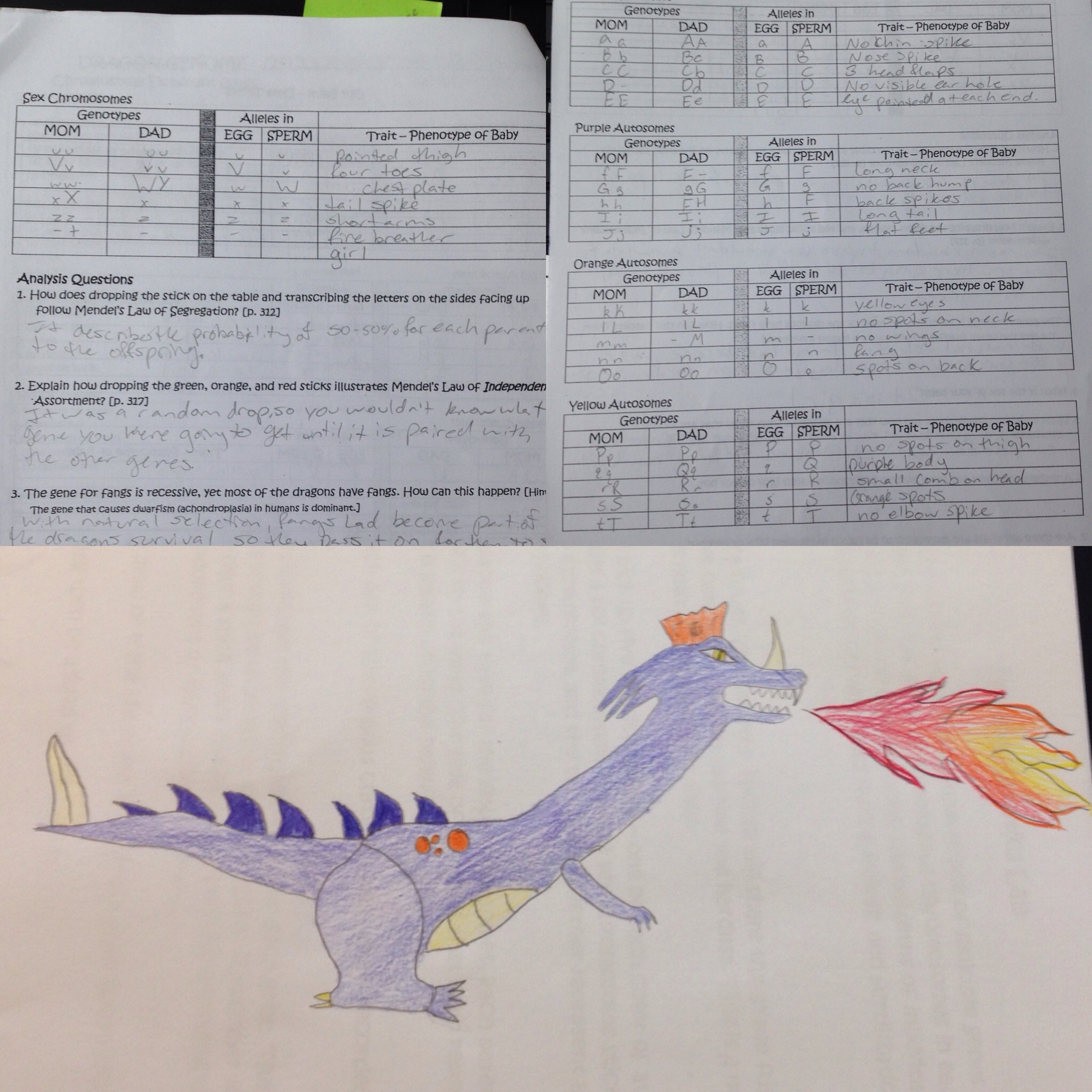
With respect to the dynamic model, bypass valve control and inventory control have been used as the primary control methods for the power conversion system.

#Dragon project halloween event code#
The individual component models as well as the fully integrated model of the power conversion system have been verified with an industry-standard general thermal-fluid code Flownet. Physical parameters such as the heat exchangers weights and practical performance maps such as the turbine characteristics and compressor characteristics are incorporated into the model.

The model integrates the reactor core and the power conversion system simultaneously. A dynamic model, MPBRSim, has been developed. The use of the steady state and transient models as a part of an iterative design process represents a key contribution of this work. To allow for the optimization of the overall design with these interdependencies, a detailed steady state and transient control model was developed. Changes in the design of one component, a turbine for example, often required changes in other components. The helium cycle overall efficiency is significantly influenced by performance of individual components. A critical part of the design process involved the interaction between individual component design and overall plant performance. This final reference design is an indirect, intercooled and recuperated cycle consisting of a three-shaft arrangement for the turbomachinery system. Finally, an optimized more » reference design was developed by identifying key advances in the technology that could reasonably be expected to be achieved with limited R&D. Using the initial reference design, limiting features were identified. The development of an initial reference design for an indirect helium cycle has been accomplished with the overriding constraint that this design could be built with existing technology and complies with all current codes and standards. The availability of controllable helium turbomachinery and compact heat exchangers are thus the critical enabling technology for the gas turbine cycle.


The Modular Pebble Bed Reactor system (MPBR) requires a gas turbine cycle (Brayton cycle) as the power conversion system for it to achieve economic competitiveness as a Generation IV nuclear system. Application of data to the Dragon Reactor and proposed HTGC power reactor designs indicates that no significant problem should arise affecting the integrity of the reactor from the combined effects of water inleakage, core corrosion, irradiation effects, and carbon deposition, if a suitable balance between the extent of impurity inleakage and rate of coolant purification is maintained. The effect of these rates on the possible carbon transport mechanism in a reactor coolant has been studied. Factors controlling the rates of possible back-reactions of CO on catalytically active metal surfaces around 500 deg C in the primary circuit have also been investigated. Deviations from the thermal graphite corrosion rates caused by catalytic effects arising from metallic impurities in the graphite and also the effects of radiation producing active species which might accelerate these reactions have been investigated. The review summarises the results of six years’ work and covers experimental as well as theoretical studies in the chemical, in-pore and mass transfer controlled regimes, applicable to the thermal corrosion of HTR graphites more » when exposed to volume parts per million impurity levels in a helium carrier. A thorough study of the chemical compatibility of graphite operating at temperatures up to 1200 deg C had to be carried out, so that acceptable impurity levels for the helium coolant of a HTGC reactor could be defined. This report presents a review of information on coolant chemistry which has arisen during the development of a helium cooled high temperature reactor by the OECD Dragon Project.


 0 kommentar(er)
0 kommentar(er)
